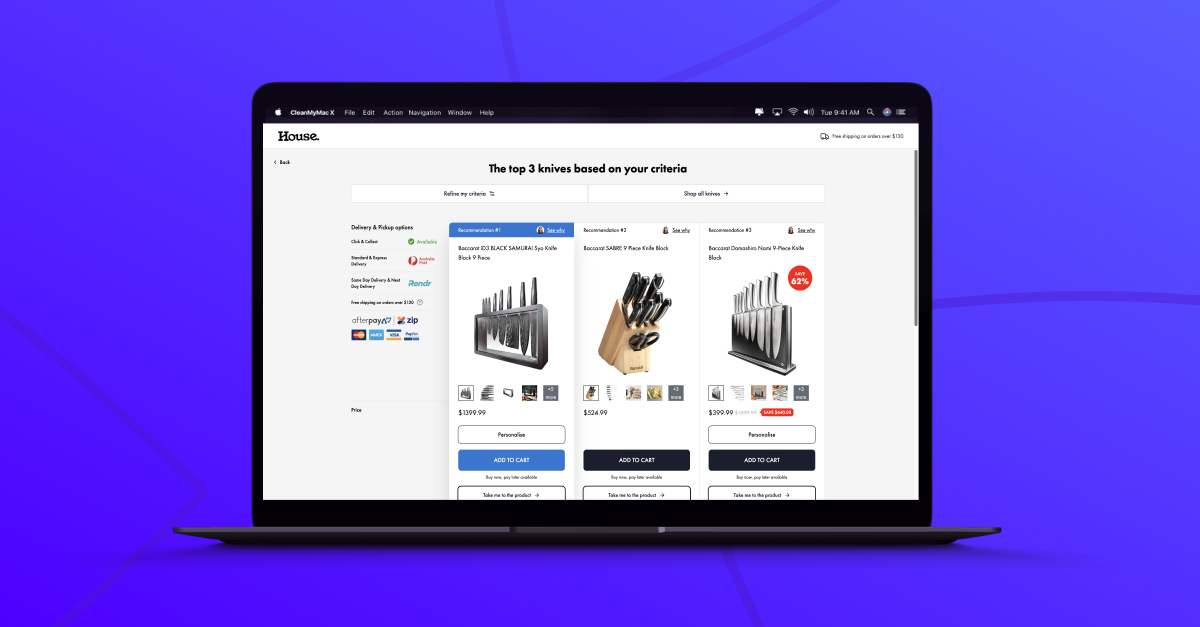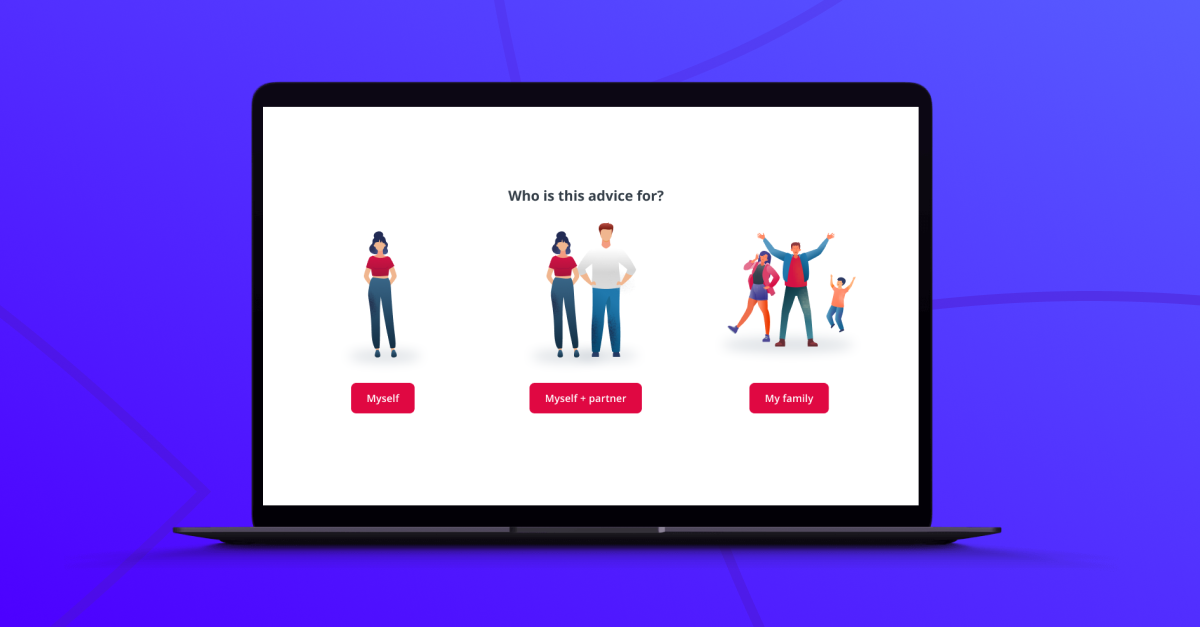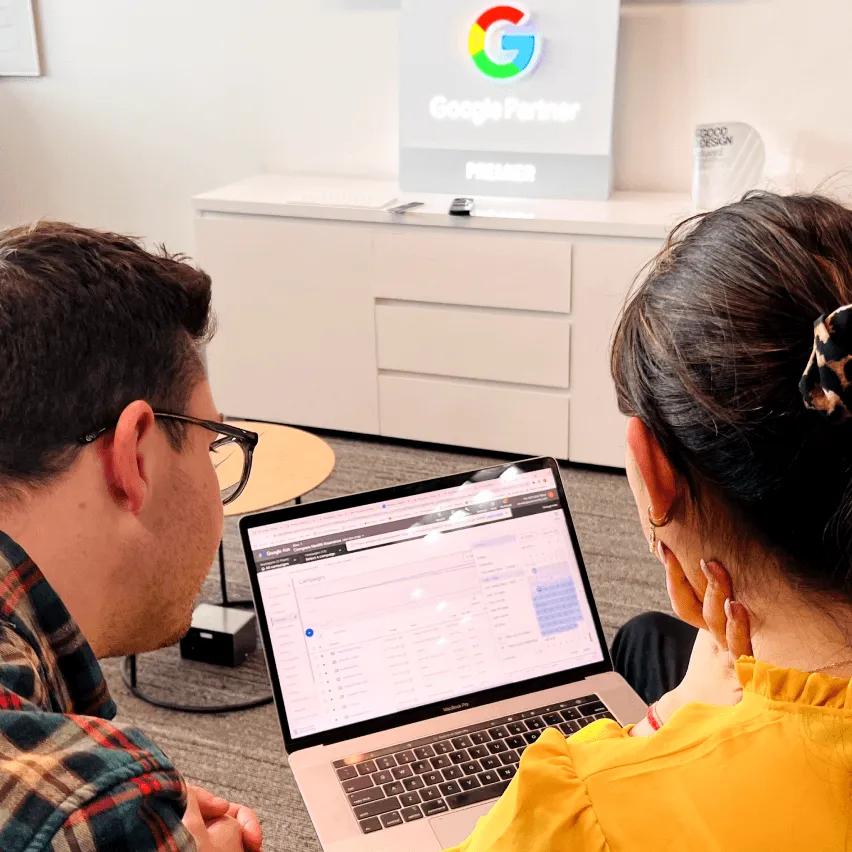User Flow
User flow is the path a user takes through your website or app to complete a specific task or achieve a goal. It’s like a roadmap of the user’s journey, showing each step they take from entry point to final action.
How it works:
User flow typically involves:
- Mapping out all possible paths users can take through your site or app
- Identifying key entry points (e.g., homepage, landing pages, ads)
- Outlining the steps users need to take to complete desired actions
- Analyzing where users drop off or encounter obstacles
- Optimizing the flow to make it as smooth and intuitive as possible
Why you should use it:
Understanding and optimizing user flow can:
- Improve user experience and satisfaction
- Increase conversion rates by removing friction points
- Help identify and fix usability issues
- Guide design and development decisions
- Provide insights for content strategy and placement
How to get started:
- Define your key user goals and desired actions
- Map out the current flow for each goal
- Use analytics tools to track how users actually move through your site
- Identify bottlenecks or high drop-off points
- Create improved flow diagrams based on your findings
- Implement changes and A/B test to verify improvements
How it complements personalization:
At Convincely, we’ve revolutionized the concept of user flow by integrating it seamlessly with our real-time personalization approach. Instead of relying on predetermined, static user flows, we create dynamic, adaptive flows that change in real-time based on each user’s behavior and preferences.
Our system doesn’t just guide users through a set path – it creates a unique journey for each individual. We use a series of strategically designed questions and interactions to understand the user’s needs and preferences, then dynamically adjust the flow to best meet those needs.
For example, if a user indicates they’re looking for a specific type of product, we might skip certain steps in the flow and take them directly to the most relevant options. If they seem hesitant or unsure, we might introduce additional information or comparison tools into their flow.
We also use machine learning algorithms to continually optimize these dynamic flows. By analyzing which paths lead to the highest engagement and conversion rates for different user segments, we can start new users on the most promising paths and adjust in real-time as we learn more about them.
Our approach to user flow is more like a conversation than a predetermined path. Each step in the flow is designed to gather more information about the user, which is then immediately used to personalize the next step. This creates a more natural, engaging experience that feels tailored to each individual user.
You can see innovative approaches to user flow in our funnel database. Look for entries that showcase adaptive paths and personalized journeys based on user inputs and behaviors.
Remember, effective user flow isn’t about forcing users down a single path – it’s about understanding their goals and guiding them to the best solution in the most efficient and engaging way possible. By combining user flow analysis with real-time personalization, you can create dynamic, responsive experiences that adapt to each user’s unique needs and preferences, dramatically improving engagement and conversion rates.




